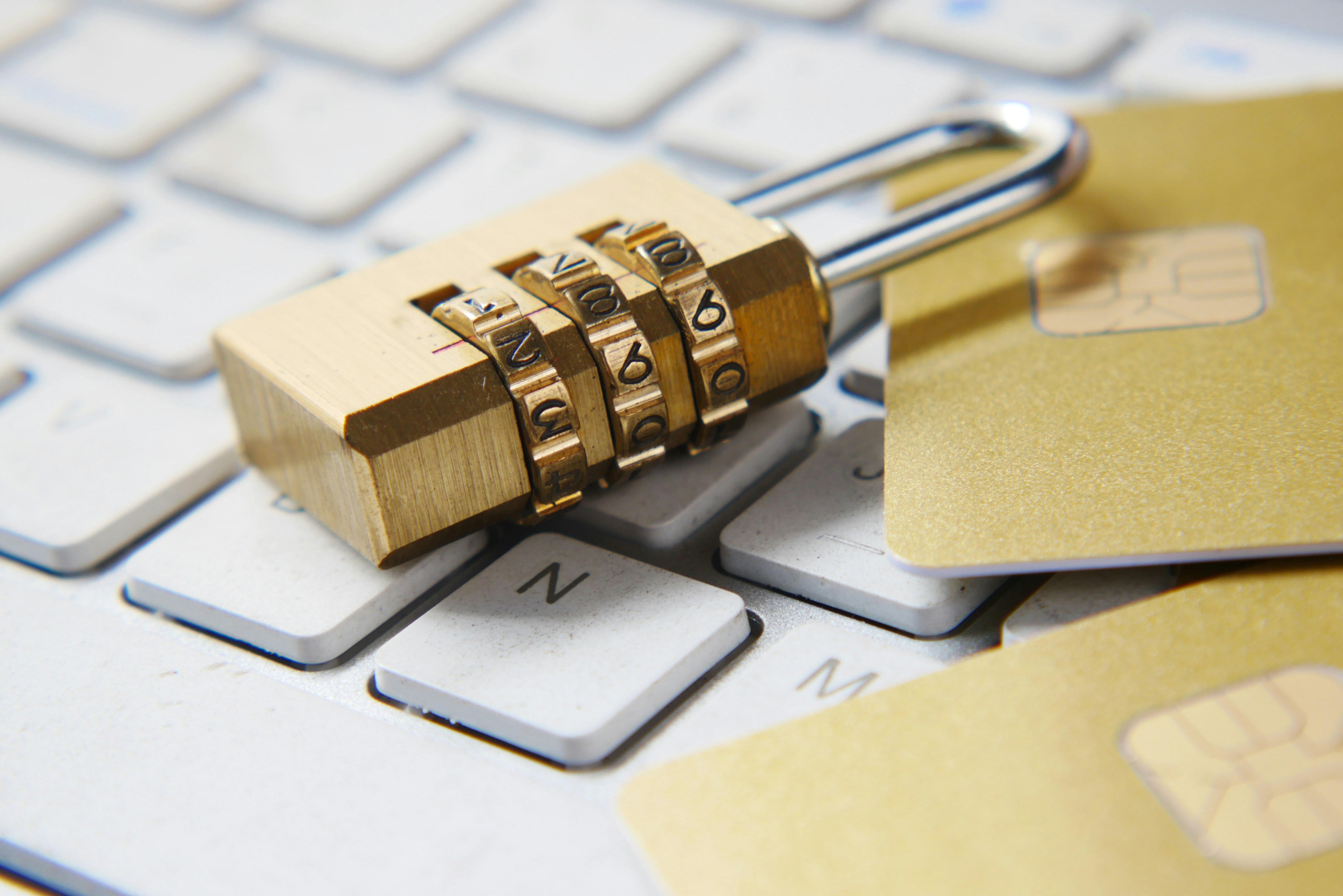Snapchat Phishing Scams
Snapchat Phishing Scams Explained
Have you fallen victim to a Snapchat phishing scam, or do you know someone who has? Phishing on Snapchat is an unfortunate reality, but understanding the issue and knowing how to respond can make all the difference.
Snapchat boasts 800 million monthly active users worldwide, including 414 million daily users—making it a prime target for scammers.
Why People Love Snapchat
Snapchat is a popular way to stay connected with friends and acquaintances. Features like Snapstreaks, Snap Maps, and ephemeral Snaps keep users engaged and make the platform fun.
Many users enjoy checking Snap Maps to see where their friends are—often exclaiming things like, “Bella’s in Thailand!” or “Let’s meet up with some school friends in town.”
One of Snapchat’s key features is that Snaps disappear after 24 hours. For many, this offers a sense of privacy, allowing them to share moments without worrying about creating a permanent digital footprint. Some even use Snapchat to share intimate photos, believing the content will vanish for good.
However, this perception of security can lead to serious risks.
The Dangers of Snapchat
Despite its temporary nature, content on Snapchat can be captured, stored, and republished without your consent. Screenshots or third-party apps can preserve Snaps indefinitely, and even content stored in the cloud isn’t immune to breaches.
Victims of Snapchat phishing scams are all too familiar with these dangers. For example, a scammer may gain access to someone’s account, locking them out and demanding money in exchange for not sharing private photos or videos.
This kind of sextortion has caused immense emotional distress and, in some tragic cases, has led to suicides among young people.
How Snapchat Phishing Happens
1. Social Engineering Attacks
In many cases, scammers impersonate a victim’s friend, asking for login details to "recover their account." Once scammers gain access to your credentials, they hijack your account.
2. Fake Emails and Links
Another common tactic involves sending phishing emails or text messages that mimic official Snapchat communications. These messages often include fake links that lead to dummy websites designed to steal your login information.
Common lies scammers use to trick users into clicking these links include:
- “Your account has been hacked or there’s a technical issue.”
- “Your photos will be deleted or shared unless you act now.”
- “You’ve won a prize! Click here to claim it.”
- “Verify your account to access exclusive content or discounts.”
Once scammers gain access, they lock the victim out of their account and often use the victim’s saved photos and videos for blackmail.
What to Do if You’ve Been a Victim
If you’ve fallen victim to Snapchat phishing, it’s critical to act quickly. Snapchat provides general guidance and support options, including:
- I think my account was compromised.
- I can’t access my account.
For immediate help, you can also contact neTrace Pro. Our team specializes in Snapchat phishing investigations and can help locate scammers, even across international borders, by uncovering their IP addresses and enabling law enforcement intervention.
Our Process at neTrace Pro
We conduct carefully designed social engineering operations to identify offenders and have successfully located perpetrators in various parts of the world. Our investigations require close collaboration with clients and an intense focus to achieve results.
How to Safeguard Against Snapchat Phishing
1. Be Wary of Friend Requests
Only accept requests from people you know. Avoid interacting with suspicious profiles.
2. Verify Identities
If a friend sends a suspicious request or message, verify their identity on another platform before sharing any information.
3. Protect Your Login Information
Never share your login credentials or verification codes with anyone—even if they claim to be from Snapchat.
4. Enable Two-Factor Authentication
Activate two-factor authentication for an added layer of security.
5. Stay Informed
Keep yourself updated on the latest Snapchat scams to recognize and avoid potential threats.
6. Verify Requests for Money or Information
Be cautious about responding to requests for money or sensitive information. Always confirm the sender’s identity.
7. Report Suspicious Activity
Report any suspicious accounts or activity to Snapchat’s support team.
8. Keep Your App Updated
Ensure your Snapchat app is up-to-date to benefit from the latest security patches.
9. Adjust Privacy Settings
Restrict who can contact you, view your stories, and see your location through Snapchat’s privacy settings.
Need Help? Contact neTrace Pro
If you’ve been the victim of a Snapchat phishing scam or know someone who has, contact neTrace Pro for expert support. Our licensed investigators are ready to help you navigate this challenging situation.
The price of freedom is eternal vigilance.
— Thomas Jefferson









